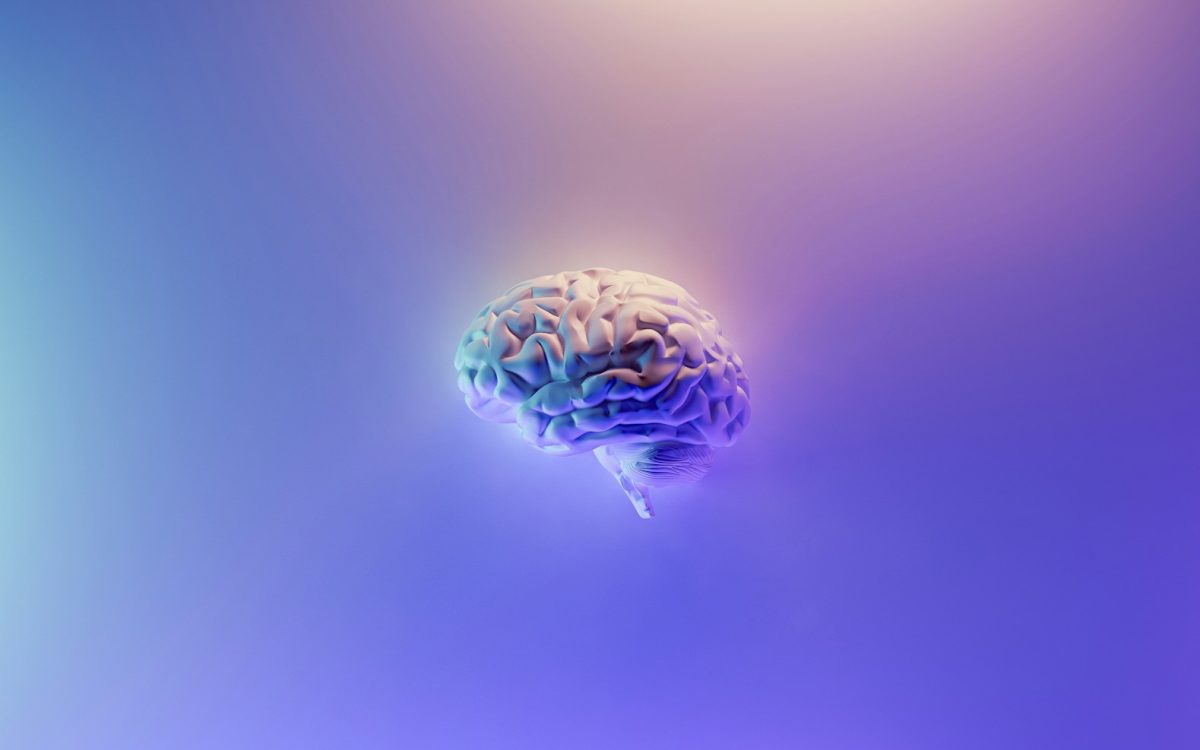The Sleep-Wake Cycle: Controlled by the Brain
The sleep-wake cycle, also known as the circadian rhythm, is a roughly 24-hour cycle in the physiological processes of living beings, including humans. This cycle influences when we feel alert and awake, as well as when we feel sleepy. It is primarily controlled by the brain, which integrates internal and external cues to regulate periods of sleep and wakefulness.
Key Brain Structures Involved
1. Suprachiasmatic Nucleus (SCN):
– Located in the hypothalamus, the SCN is often referred to as the master clock of the body.
– It receives direct input from the eyes via the optic nerve, allowing it to respond to changes in light and darkness.
– Based on this light input, the SCN synchronizes the body’s rhythms with the external environmental cycle of day and night.
2. Pineal Gland:
– This small gland in the brain produces and releases the hormone melatonin, primarily during darkness.
– Melatonin promotes sleep by lowering alertness and body temperature.
– The production of melatonin is inhibited by light, especially blue light.
3. Hypothalamus and Brainstem:
– These regions contain clusters of neurons that regulate arousal, sleep, and transitions between the two states.
– The hypothalamus helps maintain stable body rhythms, and the brainstem communicates with the hypothalamus to control transitions between wakefulness and sleep.
4. Thalamus and Cerebral Cortex:
– The thalamus relays sensory information to the cortex and plays a role in shutting off sensory flow during sleep.
– The cerebral cortex is involved in higher-order brain functions and displays characteristic activity patterns during different stages of sleep, especially during REM sleep.
Circadian Rhythms and External Influences
Although the sleep-wake cycle is endogenously generated, meaning it originates from within the body, it is also influenced by environmental cues known as “zeitgebers,” the most important of which is light. Other zeitgebers include temperature, social interactions, and meal times.
Disruptions to the Sleep-Wake Cycle
Various factors can disrupt the normal functioning of the sleep-wake cycle, including:
– Jet lag: Caused by rapidly crossing time zones and desynchronization of the internal clock.
– Shift work: Working overnight or rotating shifts can interfere with natural circadian rhythms.
– Sleep disorders: Conditions like insomnia, delayed sleep phase disorder, or narcolepsy can arise from or cause dysregulation in the sleep-wake centers of the brain.
Conclusion
The sleep-wake cycle is a complex process governed by an intricate system centered in the brain. The suprachiasmatic nucleus in the hypothalamus acts as the body’s internal clock, coordinating with other brain areas and responding to environmental cues to maintain healthy patterns of sleep and wakefulness. Understanding how the brain controls this cycle helps in managing sleep disorders and optimizing health and well-being.




